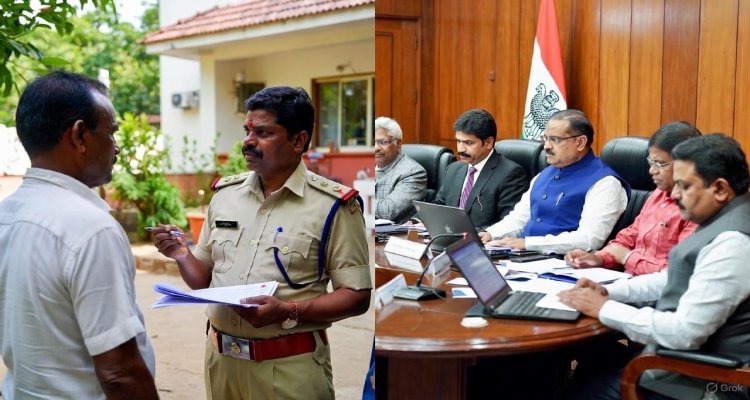Digital Fasting: How People Unplug Without Going Offline
Digital fasting is reshaping how people reclaim focus, balance, and well-being—without fully abandoning the online world.
Introduction: The Paradox of Being Always-On
In a world where smartphones rarely leave our palms and notifications blur the line between work and leisure, many people are searching for ways to reclaim their time. Enter digital fasting—a growing practice that doesn’t demand total disconnection but instead encourages intentional breaks from certain online habits. Much like dietary fasting, it’s not about elimination but moderation.
Context & Background: From Digital Detox to Digital Fasting
The idea of unplugging isn’t new. A decade ago, “digital detox” retreats invited people to lock away their devices in rural cabins or wellness centers. But in today’s hyperconnected society, complete disconnection often feels impractical, even impossible. Remote work, online banking, and family group chats mean we can’t just log off indefinitely.
Digital fasting bridges this gap. Instead of cutting the cord, participants set boundaries—limiting social media to certain hours, muting non-essential notifications, or practicing “screen-free Sundays.” The method is less about withdrawal and more about mindful consumption.
Main Developments: New Rituals for a Digital Age
Unlike detox programs that focus on absence, digital fasting is about rhythm and reset. Popular methods include:
- App Abstinence: Deleting or pausing use of addictive apps like Instagram, TikTok, or Twitter for fixed periods.
- Notification Fasts: Turning off non-essential pings to reduce stress and distraction.
- Time-Boxing: Restricting digital use to specific windows, such as checking email only twice a day.
- Device-Free Zones: Creating boundaries—such as no phones at the dinner table or in the bedroom.
The practice has gained traction in workplaces as well. Some companies now encourage “no-meeting Fridays” or establish digital-free hours to combat burnout.
Expert Insight & Public Reaction
Psychologists note that digital fasting aligns with cognitive science. Dr. Sherry Turkle, a leading voice on technology and human behavior, argues that humans need “spaces of reflection without interruption.” Neuroscience research also suggests that constant digital engagement triggers dopamine cycles similar to addictive substances, making fasting a form of mental hygiene.
Public sentiment reflects this shift. On TikTok, the hashtag #DigitalFasting has amassed millions of views, with creators sharing routines like “24-hour social media fasts” and “dopamine detox challenges.” Meanwhile, wellness apps now incorporate “fasting modes,” encouraging users to reclaim mental bandwidth without abandoning digital life altogether.
Impact & Implications: Who’s Affected and What’s Next
Digital fasting has ripple effects across generations:
- For Professionals: It promises higher productivity and reduced burnout.
- For Students: It helps restore focus in an era of constant distraction.
- For Families: It fosters quality offline connections during meals or shared activities.
Looking ahead, digital fasting could shape workplace culture, educational policies, and even app design. Developers are under increasing pressure to introduce “well-being features” like screen-time limits, suggesting that the fasting mindset may influence how future technology is built.
Conclusion: A Middle Path Between Online and Offline
Digital fasting represents a cultural shift away from the extremes of always-on living and complete digital detox. It acknowledges that technology is essential—but not omnipotent. By learning to unplug without going offline, people are carving out intentional spaces for focus, creativity, and genuine human connection.
As one practitioner put it: “It’s not about deleting the digital world—it’s about deciding when it deserves your attention.”
Disclaimer : This article is for informational purposes only and does not substitute professional advice on mental health or digital well-being.











